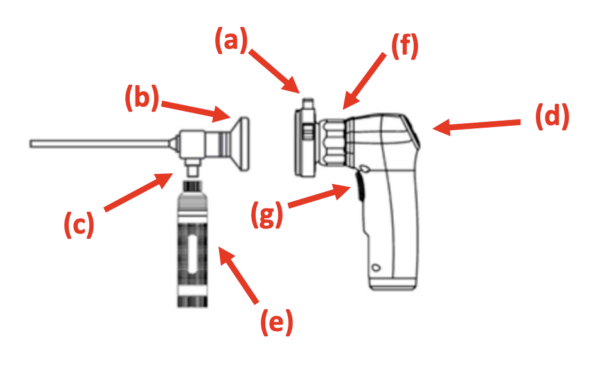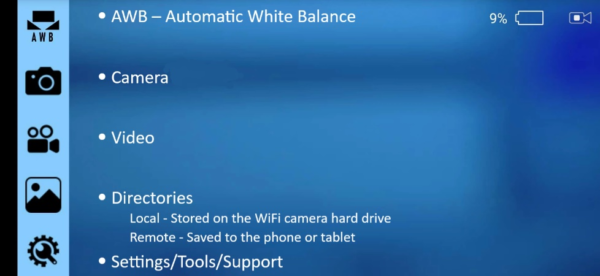Veterinary laparoscopy is a specialized surgical technique that allows veterinarians to perform minimally invasive surgery on animals. This procedure can diagnose, treat, and manage conditions in animals such as intestinal blockages and cancer. With the recent advances in veterinary equipment, laparoscopic procedures are becoming more sophisticated and available to more veterinarians than ever before. Let’s look at how these new tools are improving animal health care.
What is Veterinary Laparoscopy?
Veterinary laparoscopy is a minimally-invasive surgical technique that involves inserting a small camera (laparoscope) through an incision in the abdomen to assess organs or look for any lesions or abnormalities. It can be used to diagnose internal diseases or to perform certain types of surgery. Compared to traditional open surgical procedures, laparoscopic surgery allows for quicker healing time and shorter hospital stays due to smaller incisions and less trauma to the surrounding tissue.
Surgical Tools for Veterinary Laparoscopy
Veterinarians now have access to specialized tools for use during laparoscopic procedures, including laparoscopic spay. These tools allow veterinarians to perform complex surgeries with greater accuracy and precision. They are long shafted instruments that are typically 5mm in diameter to allow them to be inserted through small holes in the abdomen. This allows surgeons to still have control and precision during surgery through small dime-sized holes as opposed to a large incision.
Improved Tools
In order for veterinary laparoscopy to be successful, your practice will need high-quality tools. Recent advances in technology have led to the development of new instruments and equipment that make it easier for veterinarians to perform complex procedures with precision and accuracy. For example, new types of forceps allow surgeons to grab delicate tissues without causing damage or pain; electrosurgical devices and vessel sealers help ensure that bleeding is minimized during operations, and laparoscopic biopsy needles allow surgeons to collect samples quickly and easily without damaging delicate tissues or organs. All these tools help ensure that minimally invasive surgery is safe, effective, and efficient.
Vetovation | Veterinary Laparoscopy
With recent advances in technology leading to the development of new veterinary surgical tools tailored for veterinary laparoscopy, this minimally invasive surgery is becoming more accessible than ever before while producing improved outcomes over traditional open surgery techniques. Looking for veterinary equipments? Vetovation can help! We have a comprehensive selection of equipment and instruments that every veterinarian needs. To learn more about Vetovation and to browse our veterinary surgical qupment, visit our website today.



